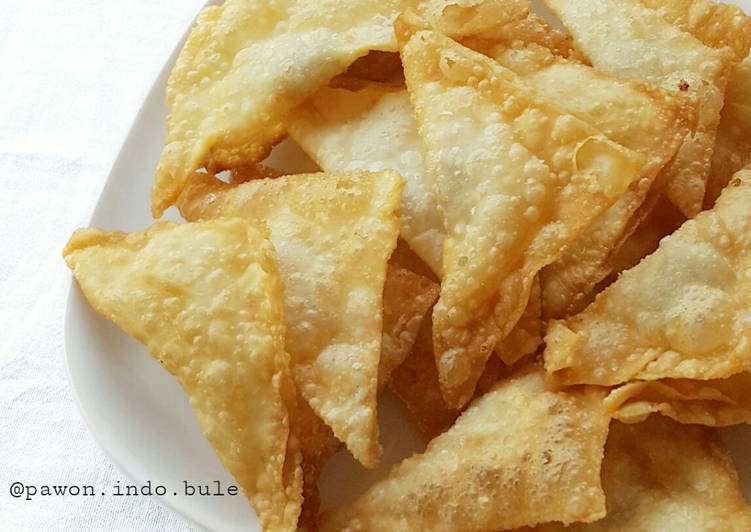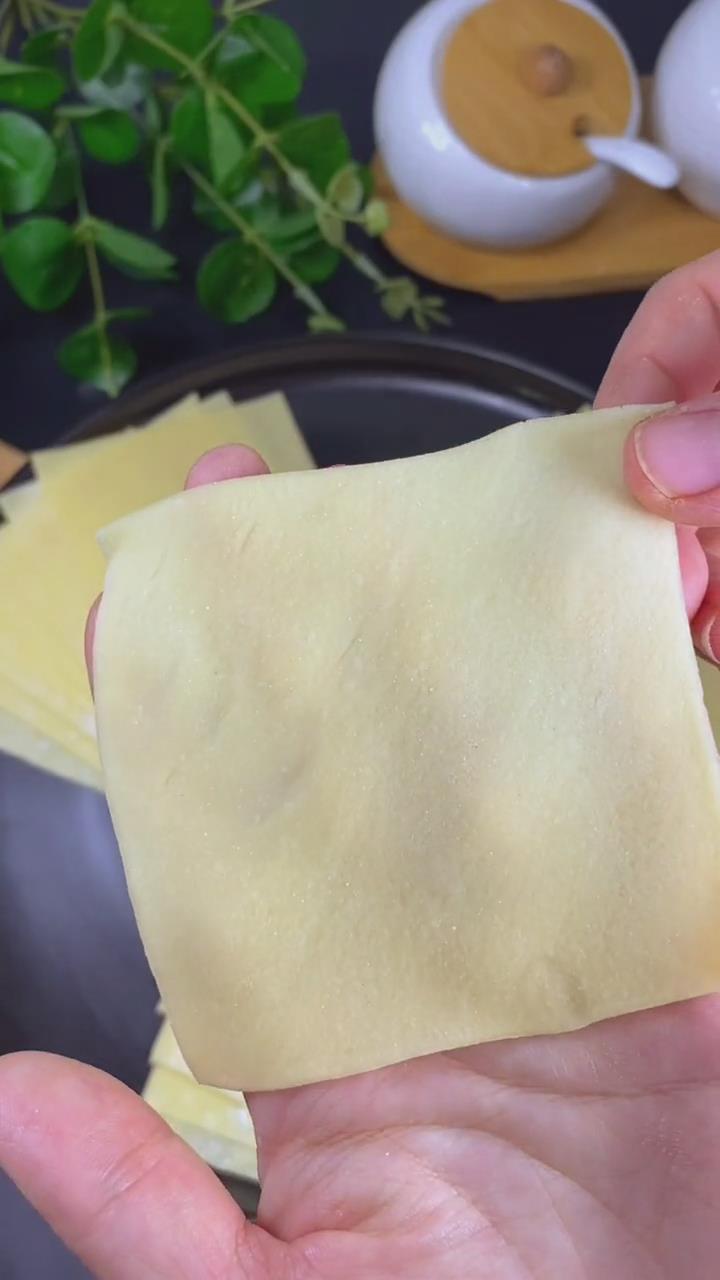Wonton soup is a beloved dish that transcends cultural boundaries, offering a comforting and flavorful experience that many have grown up with. Whether it's a quick meal from a local takeout spot or a staple at a Chinese buffet, the sight of those giant rubbery yellow dumplings often brings back memories of childhood meals. However, there's something truly special about homemade wonton soup, especially when it's made using a family recipe passed down through generations. This article explores the enduring charm of this classic dish, delves into the art of making homemade wontons, and highlights why this particular recipe has stood the test of time.
Why Wonton Soup Holds a Special Place in Our Hearts

For many, the first encounter with wonton soup is often through convenience—whether it’s a frozen package from the supermarket or a takeout order from a local restaurant. These versions, while convenient, are typically made with pre-made wrappers and fillings that lack the depth of flavor found in homemade versions. The author of this recipe, who has been making this soup for decades, recalls their mother’s version as a cherished part of family gatherings. While store-bought options may be quick, they often fall short in terms of texture and taste.
The recipe featured here has been updated over the years to include clearer instructions, metric measurements, and new photos, but the core of the recipe remains unchanged. It’s a testament to how certain dishes can become a part of our lives, evolving with us while still holding onto their original essence.

![]()
The Art of Making Wonton Wrappers

One of the key components of any good wonton soup is the wrapper. The right wrapper can make all the difference in the final product. In the United States, you can find a variety of wonton wrappers at Asian grocery stores, including square-shaped, white wrappers that are ideal for this recipe. If you can’t find them locally, making your own is a rewarding alternative. Using just bread flour, cornstarch, and water, you can create fresh, pliable wrappers that are perfect for wrapping your filling.
For those who want to save time, store-bought wrappers are a great option. They come in packs that usually yield around 48 pieces, which is enough for several servings. If you're making a larger batch, doubling the recipe and using two packs of wrappers can help you prepare extra portions to freeze for later use.
Crafting the Perfect Wonton Filling
The filling is where the magic happens. Traditionally, wontons are filled with a mixture of pork and vegetables, seasoned with ingredients like sesame oil, soy sauce, and white pepper. The recipe shared here uses a combination of lean pork and prawns, along with finely chopped vegetables such as bok choy or spinach. The key to a great filling is to ensure it's well-seasoned and thoroughly mixed until it reaches a paste-like consistency.
Some variations of the recipe suggest using different types of vegetables, such as mushrooms or water chestnuts, to add more texture and flavor. However, the author prefers to stick with a simple, classic approach that highlights the freshness of the ingredients.
Step-by-Step Guide to Folding Wontons
Folding wontons might seem daunting at first, but with practice, it becomes second nature. There are two main methods: the "My Way" method, which results in a flappy, noodle-like appearance, and the "Asian Grocery Store Way," which is more compact and ideal for freezing. Both methods are easy to master, and the choice ultimately comes down to personal preference.
To begin, lay out the wrappers on a clean surface. Use a small bowl of water to moisten the edges of each wrapper before adding the filling. Fold the wrapper in half, press the edges together, and secure them with a bit of water if needed. For the flappy style, bring the corners together and press to seal. Repeat this process for all the wrappers, ensuring that each one is properly sealed.
Cooking and Freezing Wontons
Once the wontons are assembled, they can either be cooked immediately or frozen for later use. To cook, bring a pot of water to a boil and carefully add the wontons one by one. Cook for about 4 minutes or until they float to the surface. Remove them with a slotted spoon and serve in bowls with a rich chicken broth.
Freezing is a great way to have ready-to-go meals on hand. Place the wrapped wontons on a parchment-lined baking sheet and freeze them until solid. Once frozen, transfer them to an airtight container or freezer bag for long-term storage. When you're ready to cook, simply add the frozen wontons directly to boiling water and cook for 6–8 minutes.
The Broth: A Flavorful Foundation
The broth is just as important as the filling and wrappers. A clear, savory chicken broth serves as the base for the soup, enhancing the flavors of the wontons. Some recipes call for additional seasonings, such as garlic, ginger, and soy sauce, to deepen the taste. The author recommends using a high-quality chicken broth, whether store-bought or homemade, to ensure a rich and authentic flavor.
For those who enjoy a bit of variety, adding noodles or blanched vegetables to the soup can elevate the dish even further. The addition of bok choy or Chinese broccoli adds a fresh, crisp texture that complements the softness of the wontons.
A Recipe That Keeps on Giving
This won'ton soup recipe is more than just a meal—it's a tradition that brings people together. Whether it's served during a family dinner, a casual weekend brunch, or as a quick weeknight meal, the comfort and satisfaction of a bowl of homemade wonton soup are unmatched. With its simple yet flavorful ingredients and easy-to-follow instructions, this recipe is a valuable addition to any home cook’s repertoire.
In a world where convenience often takes precedence, the act of making homemade food is a meaningful gesture that connects us to our heritage and to each other. This recipe, with its roots in family tradition and its adaptability for modern lifestyles, is a reminder that some things never go out of style.